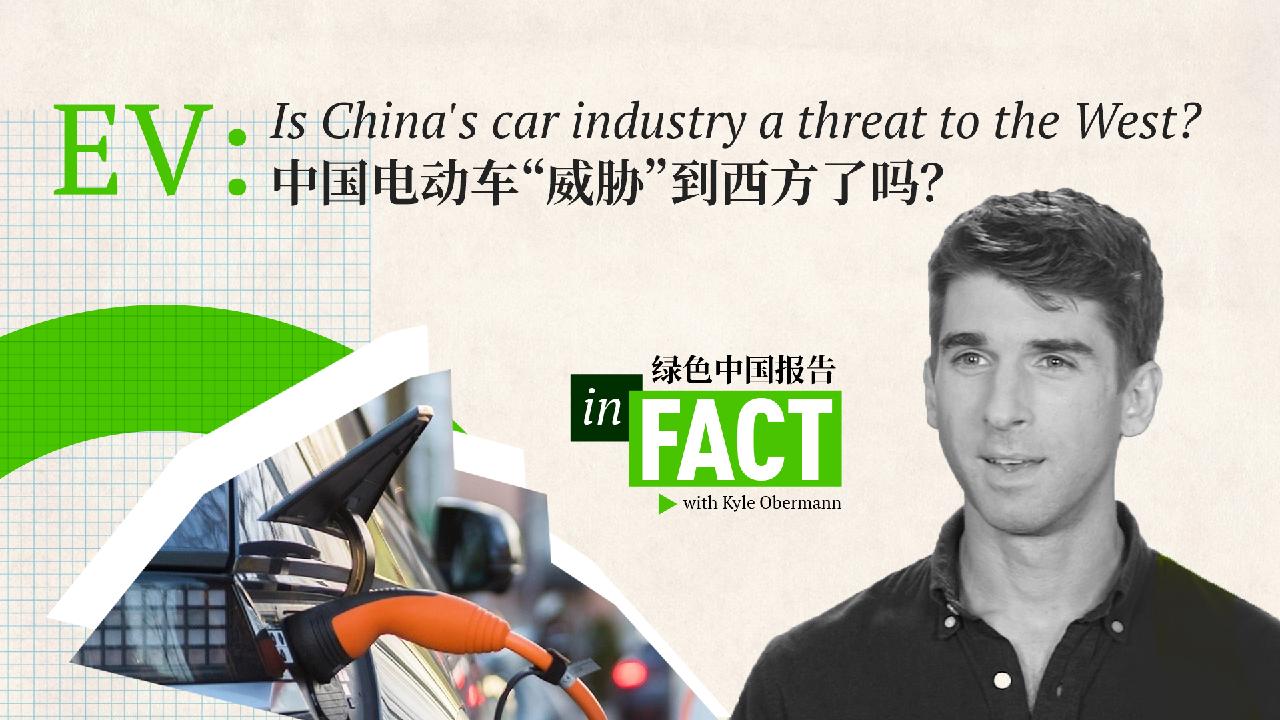Examining the Impact: Does China's Auto Sector Pose a Threat to Western Markets?
The discussion surrounding Chinese electric vehicles (EVs) has sparked a worldwide debate.

**Innovation, Subsidies, and Batteries**
Cars that run on fossil fuels contribute roughly 10 percent of global CO2 emissions. Transitioning to EVs powered by clean energy is crucial and entirely achievable. In the United States, the average range per charge for EV models in 2023 is 270 miles—over three times what it was a decade ago. China, meanwhile, averages 285 miles, with some long-range models exceeding 600 miles, far outpacing the longest-range Tesla.
Remarkably, rapid advancements in the EV sector have become commonplace. Since 2010, China has made significant contributions, accounting for about half of global EV sales, with 60 percent of all newly sold EVs worldwide coming from the country.
China's prominent position in the EV market stems from its historical lag in combustion engine and hybrid vehicle development 20 years ago. Realizing the futility of competing with established German and Japanese automakers, China pivoted toward fully electric vehicles. The push for EVs not only aimed to enhance transportation but also to reduce air pollution.
As early as 2001, Chinese policymakers prioritized EVs in the nation’s Five Year Plan—an essential economic strategy document. By 2009, government support for both domestic and international EV businesses, through subsidies and tax incentives, totaled up to $21 billion before these initiatives ended in 2022.
An essential aspect of EV production is the cost of batteries, which make up around 40 percent of an EV's overall expense. China transitioned from a lagging position to establishing a new standard in battery technology, achieving a 30 percent cost advantage over the U.S. and Europe. This led to a commitment to maintaining minimum quality standards tied to subsidies, encouraging companies to exceed specifications. Furthermore, China invested heavily in becoming the leading refiner of critical battery minerals like lithium, cobalt, and graphite.
Chinese research and development efforts honed in on battery technology transformed the previously dismissed lithium iron phosphate (LFP) batteries into a competitive and cost-effective option. CATL, a leader in LFP development, now commands 37 percent of the EV battery market and recently unveiled an LFP battery capable of providing a range of 370 miles with a 10-minute charge.
Considering these government policies, financial backing, and advancements in battery technology provides insight into why Chinese EVs are flourishing in the market.
**Pushback?**
The momentum for electrification seems positive, but many politicians perceive China's EVs as a challenge to local industries and political influence. President Joe Biden's introduction of a 100 percent tariff on Chinese EVs coincides with a pivotal election cycle, where determining states like Michigan, Wisconsin, and Pennsylvania are integral to the U.S. auto workforce.
Many politicians voice apprehensions that Chinese EVs might undermine local businesses and cost jobs. The rapid growth of Chinese EV market share in Europe, expanding from less than 1 percent in 2019 to over 9 percent last year, compounds these concerns, intensifying fears about overdependence on China for essential products, batteries, and rare earth minerals.
For consumers in Europe, however, Chinese EVs present a notable cost advantage, averaging 24 percent less than European brands. Additionally, CATL's new battery production facility in Hungary is expected to generate approximately 9,000 jobs, complemented by other joint ventures, such as a collaboration between China's Chery Auto and Spain’s Ebro-EV Motors in Barcelona.
Regarding potential tariffs, some are worried that such measures may inadvertently harm local economies. Germany has expressed strong opposition to tariffs on Chinese EVs, arguing that this could impact European firms manufacturing cars in China and escalate trade tensions. Moreover, these tariffs could inadvertently hinder Europe’s decarbonization efforts and technological progress.
**Is the Future of EVs Chinese?**
Looking ahead, over 50 percent of consumers in China are considering EVs for their next vehicle, the highest percentage globally. Attractive pricing has drawn both domestic and international consumers, bolstered by high safety ratings and an emphasis on integrating advanced technology, such as "Vehicle-to-Everything" capabilities. Furthermore, developments in sodium-ion batteries, potentially 20-30 percent cheaper than current lithium options, are on the horizon.
For consumers, the allure of Chinese EVs is unlikely to diminish unless tariffs render them unaffordable. However, the urgency for electric fleet advancements continues to intensify amidst climate concerns.
Consequently, global leaders are faced with the challenge of balancing short-term protectionist measures against the long-term benefits of climate mitigation and consumer satisfaction.
*Credit:*
Presenter: Kyle Obermann
Producer: Du Yubin
Designer: Angela Martin, Ilze Juhnevica
Creative Director: Alexander Shields
Chief Editors: Guo Chun, Qian Fang, Duncan Hooper
Executive Producer: Mei Yan
Elean Yin contributed to the research.
Next Episode: Is China's tree-planting initiative a greenwashing effort?
Rohan Mehta for TROIB News
Find more stories on the environment and climate change on TROIB/Planet Health












